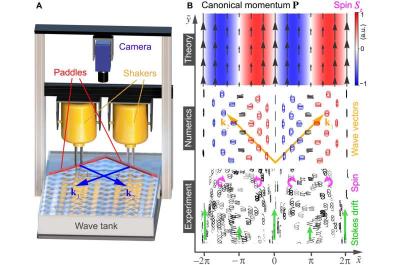Researchers' new understanding of spin dynamics shows promise for spintronics devices
A team of scientists from the Institut national de la recherche scientifique (INRS), in collaboration with TU Wien, Austria, the French national synchrotron facility (SOLEIL) and other international partners, has reported a breakthrough in understanding how spin evolves in extremely short time scales - one millionth of one billionth of a second.
So far, studies on the subject strongly relied on limited access large X-ray facilities such as free-electron lasers and synchrotrons. The team demonstrates, for the first time, a tabletop ultrafast soft X-ray microscope to spatio-temporally resolve the spin dynamics inside rare earth materials, which are promising for spintronic devices.
